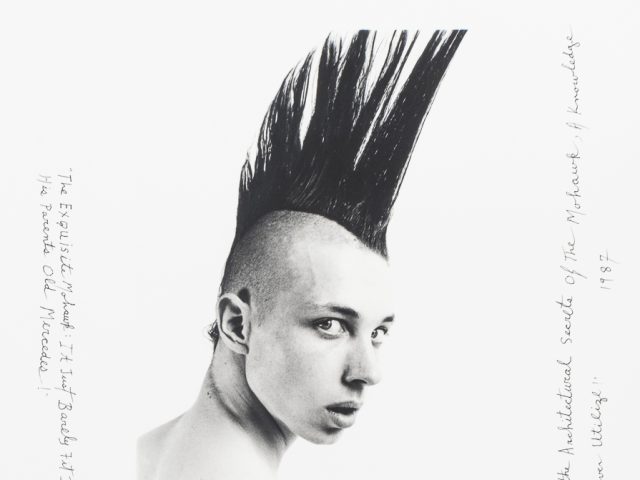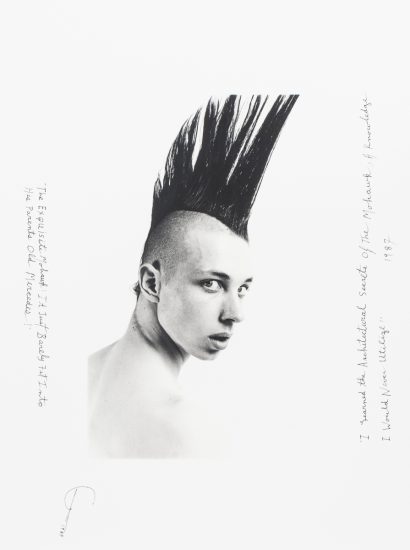September 14 – November 4, 2023
Opening reception:
Thursday, September 14, 2023
6 – 8 PM
CLAMP is proud to present “Amos Badertscher | Baltimore—City of Lost Angels.”
Born in 1936, Badertscher was a lifelong resident of Baltimore and was known for his poignant portraits of people he met on the streets and in the nightclubs of his beloved city. This exhibition at CLAMP was planned in collaboration with the artist before his death in July 2023.
The works on display in “Baltimore—City of Lost Angels” offer varied examples of Badertscher’s distinct mode of image making. Developing and printing his work at home, Badertscher took extensive oral histories from his photographic subjects. Utilizing his literary skills, he then wrote the histories of his models on the margins of the gelatin silver prints.
Queer art historian and curator Jonathan David Katz said: “With the death of Amos Badertscher, America has lost one of its greatest photographers. Walking into Amos’s Baltimore home was as close as I can imagine to seeing King Tut’s tomb for the first time. There were thousands of amazing photographs, each unforgettable and unprecedented. The first thing you saw was their formal sophistication and otherworldly beauty, but then the emotional arc hit you like a ton of bricks. This was a history I never knew but can now never shake.”
In addition to the exhibition at CLAMP, a retrospective of Badertscher’s work is also on view at the Albin O. Kuhn Library and Gallery at the University of Maryland, Baltimore Campus curated by Beth Sanders.
A printed collection of Badertscher’s stories and images is due out in 2024, edited by Hunter O’Hanian. “The LGBTQ history in Baltimore that Amos preserved is not a history of LGBTQ milestones, gay pride marches, or US Supreme Court decisions,” said O’Hanian, the former head of the College Art Association and the Leslie-Lohman Museum. “It is what happened while those events transpired around us.”
“There must have been something dangerously lacking in my upper-middle class psyche because I did not find nudity, even youthful male nudity, shocking, abusive, emasculating, pornographic, or subversive,” Badertscher stated in the catalog for his one-man show at the Duke University Museum of Art in 1995. “To photograph the naked body is for me the ultimate dimension in photographing the person.”

























































